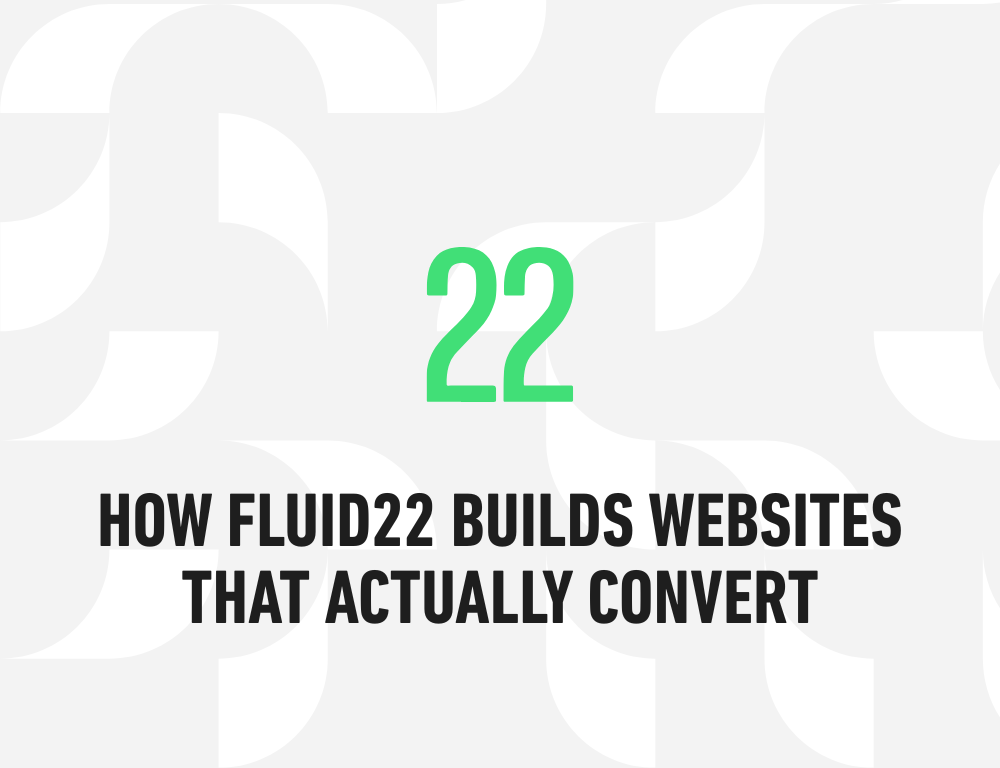You’ve probably heard some buzz about Core Web Vitals if you’re in the digital realm.
But what exactly are they, and why should you care? Today, we’re diving deep into the world of website design and SEO to understand how Core Web Vitals are changing the game.
Before we jump into the details, here’s an intriguing fact to grab your attention: Core Web Vitals are to website design what renewable energy is to a sustainable future. Just as renewable energy sources are transforming our world, Core Web Vitals are revolutionizing website design and SEO. Did you know that websites that load in 5 seconds earn double the ad revenue of those that take 19 seconds to load? That’s the power of a fast-loading website!
The Core Web Vitals Breakdown
Now that we have your attention, let’s unravel the impact of Core Web Vitals on your website design and SEO.
What Are Core Web Vitals?
Core Web Vitals are a set of user-focused metrics that measure the loading performance, interactivity, and visual stability of a web page. In simpler terms, they assess how quickly your website loads, how smoothly it runs, and how stable the content remains as it loads.
Why Do They Matter?
Google has made Core Web Vitals a crucial ranking factor for websites. In May 2021, Google started considering these vitals as part of its ranking algorithm. This means that websites with excellent Core Web Vitals are more likely to rank higher in search results, enhancing their visibility and SEO.
User Experience and SEO
Core Web Vitals are all about improving the user experience. When your website loads quickly, functions smoothly and doesn’t shift around as content loads, visitors are more likely to stay, engage, and convert. This positive user experience is not only great for retaining customers but also for SEO.
The Digital Challenge
In the digital age, the challenge is clear: websites need to be faster, smoother, and more stable than ever before to meet user expectations and compete effectively.
The Need for Speed
The complication arises when we realize that not all websites are up to the task. Many suffer from slow loading times, clunky interactions, and content layout issues. This is where Core Web Vitals come in as the solution.
How Can You Optimize Your Website?
Now, here’s the million-dollar question: “How can you optimize your website to meet Core Web Vitals standards and supercharge your SEO?”
How to Check Your Core Web Vitals (A Step-by-Step Guide)
Step 1: Understand the Metrics
Familiarize yourself with the three Core Web Vitals metrics:
- Largest Contentful Paint (LCP): Measures loading performance.
- First Input Delay (FID): Measures interactivity.
- Cumulative Layout Shift (CLS): Measures visual stability.
Google offers free tools like PageSpeed Insights and Search Console to help you assess your website’s Core Web Vitals performance. Simply enter your website URL, and these tools will provide a detailed report.
Step 3: Identify and Address Issues
Review the report to identify areas where your website may not meet the Core Web Vitals standards. Common issues include large images, excessive JavaScript, or slow server response times. Work with your web developer to address these issues.
Step 4: Test, Test, Test
Regularly test your website’s performance, especially after making changes. Continuous monitoring ensures your Core Web Vitals remain in top shape.
Conclusion
In conclusion, Core Web Vitals are more than just a buzzword; they’re a game-changer for website design and SEO. By optimizing your website to meet these vitals, you’re not only enhancing the user experience but also improving your search engine rankings. It’s a win-win for your business!
But here’s the real question: Are you ready to take action and optimize your website for Core Web Vitals? How do you envision these changes impacting your user experience and SEO? Share your thoughts with us; let’s kickstart a discussion that can drive your digital success!
Engage, explore, and excel with Fluid22










